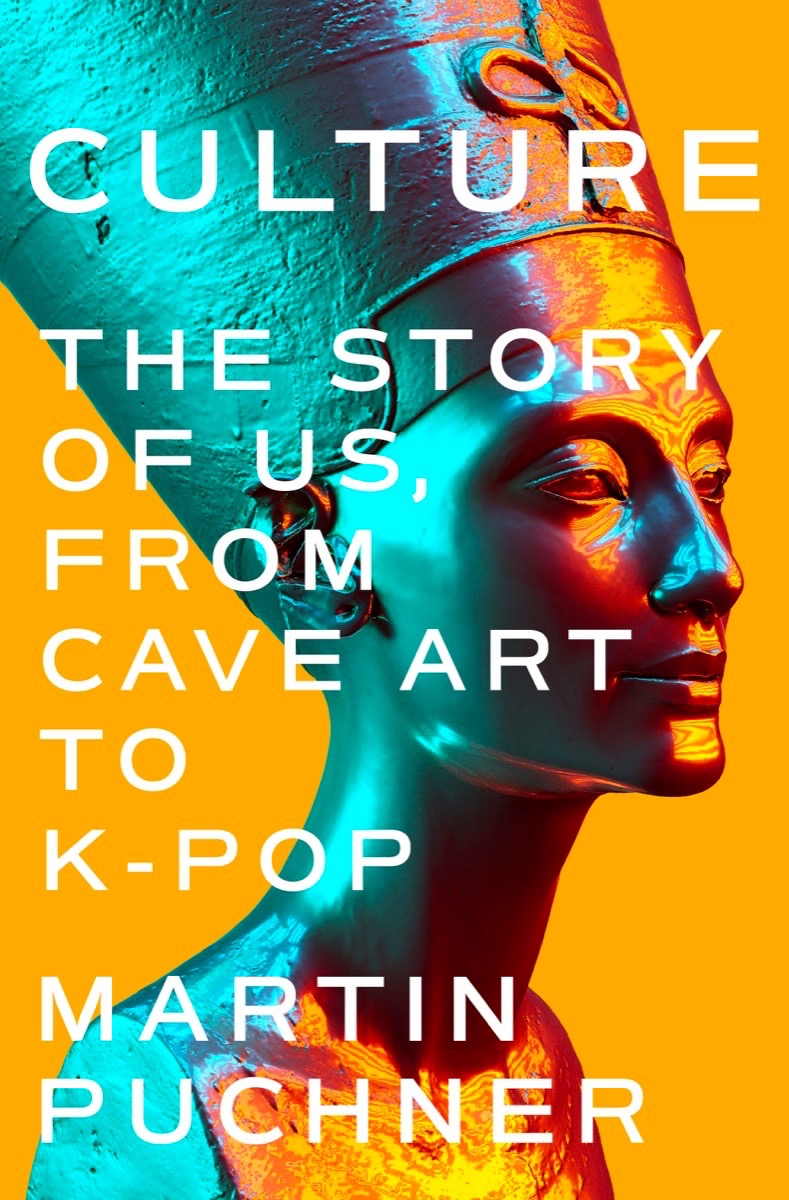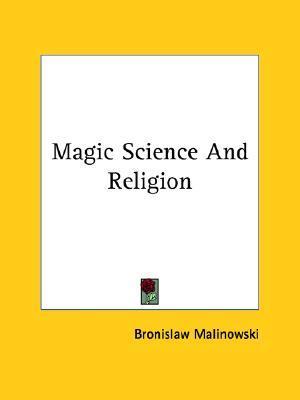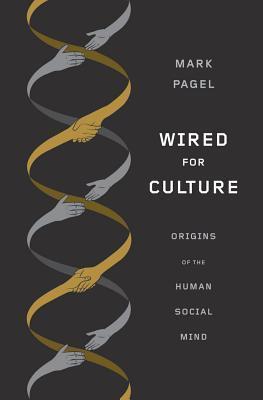
Cows, Pigs, Wars, and Witches: The Riddles of Culture
Book Description
What if the choices we make about food, animals, and war reveal the deepest truths about who we are? In "Cows, Pigs, Wars, and Witches," Marvin Harris delves into the bizarre and often shocking cultural practices that define societies around the world. With each riddle unpacked, a web of interconnections unfolds, exposing the strange logic behind rituals and taboos. From sacrificial cows to the persecution of witches, the exploration challenges conventional beliefs and unearths the hidden engines of human behavior. How do our cultural choices shape the world we live in, and what secrets lie beneath the surface?
Quick Book Summary
"Cows, Pigs, Wars, and Witches" by Marvin Harris is a wide-ranging anthropological investigation into the hidden logic behind some of humanity’s most puzzling behaviors and beliefs. Harris argues that practices often labeled as irrational—such as Hindus refusing to eat beef, the Jewish and Islamic aversion to pork, or witch hunts in medieval Europe—are actually rooted in material and ecological realities. He seeks to demystify the origins of strange customs, revealing how taboos, religious beliefs, and rituals often serve practical societal ends. By decoding these riddles of culture, Harris encourages readers to reconsider what seems bizarre, offering a compelling case that human actions are deeply shaped by environmental pressures, social structures, and the need for survival.
Summary of Key Ideas
Table of Contents
Material Reasons Behind Religious Taboos
Marvin Harris opens his book by asserting that cultural practices, however irrational they may appear, often have rational foundations reflecting underlying environmental and social realities. He refutes the notion that customs should be judged purely through the lens of religious or moral explanations. Instead, Harris promotes cultural materialism, positing that economic, ecological, and technological factors are crucial to understanding why humans act the way they do. The book sets up a framework that challenges readers to look beyond superficial answers and delve into the material forces shaping culture.
Ecological and Economic Roots of Cultural Practices
One of the most memorable sections explores food taboos, specifically the Hindu reverence for cows and the Jewish and Islamic prohibition of pork. Contrary to popular belief that these are purely religious mandates, Harris demonstrates that these taboos make ecological sense in their respective societies. In India, cows provide vital agricultural labor, making them far more valuable alive than as food. The ban on pork in the Middle East emerges from the animal’s incompatibility with arid environments, where it cannot be raised efficiently, making the taboo a matter of survival rather than faith alone.
The Role of War and Conflict in Societal Development
Harris examines the ways in which warfare and conflict shape cultures, suggesting these practices are not random acts of violence but responses to population pressures, resource scarcity, and political developments. Societies engage in war not out of inherent aggression, but because in certain contexts, it becomes a functional response to survival needs. Ritualized conflict, from headhunting to ancient battle traditions, is seen as having evolved alongside societal structures, reflecting practical necessities masked by myth and ceremony.
Interpretation of Witch Hunts and Mass Hysteria
In his analysis of witch hunts and mass hysteria, Harris exposes how these terrifying episodes were not simply results of superstition. Instead, they served as mechanisms for controlling, punishing, or explaining social change and anxiety. During periods of economic stress or rapid transformation, communities turned to witch hunts to scapegoat outsiders, women, or the marginalized, thereby reinforcing social cohesion or the existing power structures. These episodes illustrate how collective beliefs can be manipulated in service of deeper material needs.
Debunking the Supernatural Explanations of Culture
Throughout the book, Harris advocates for skepticism toward supernatural or purely ideological explanations for cultural phenomena. By drawing on case studies from around the world, he demonstrates that shared beliefs and practices usually have profound roots in tangible conditions and survival strategies. Through demystifying rituals, taboos, and mass movements, Harris urges readers to view culture as an adaptive response to the environment, always shaped by forces beneath the surface, rather than mere tradition or irrationality.
Download This Summary
Get a free PDF of this summary instantly — no email required.





